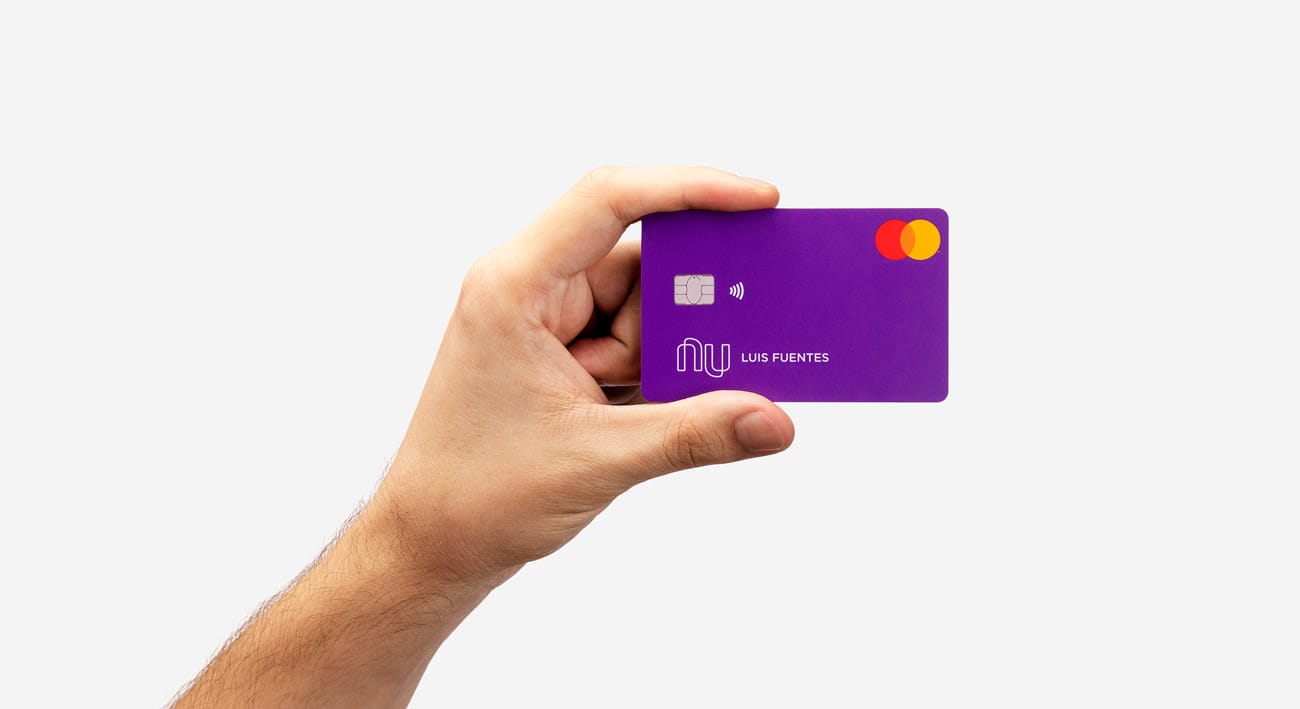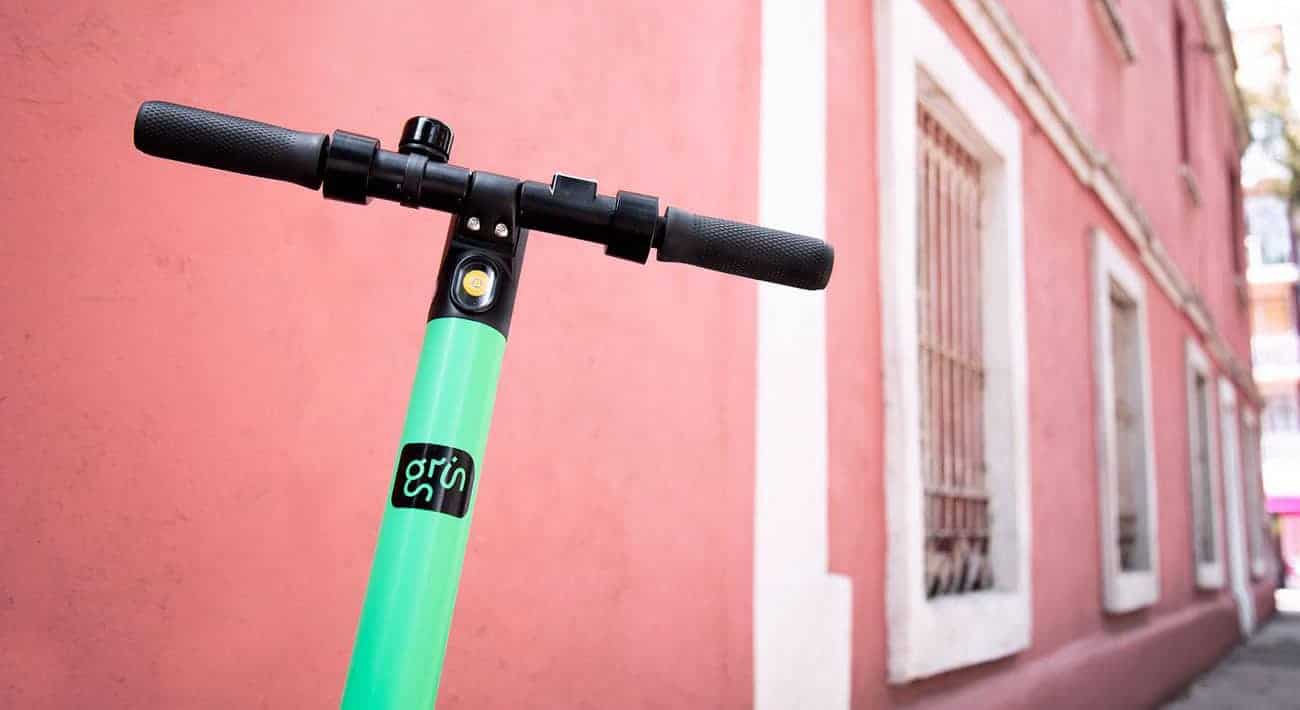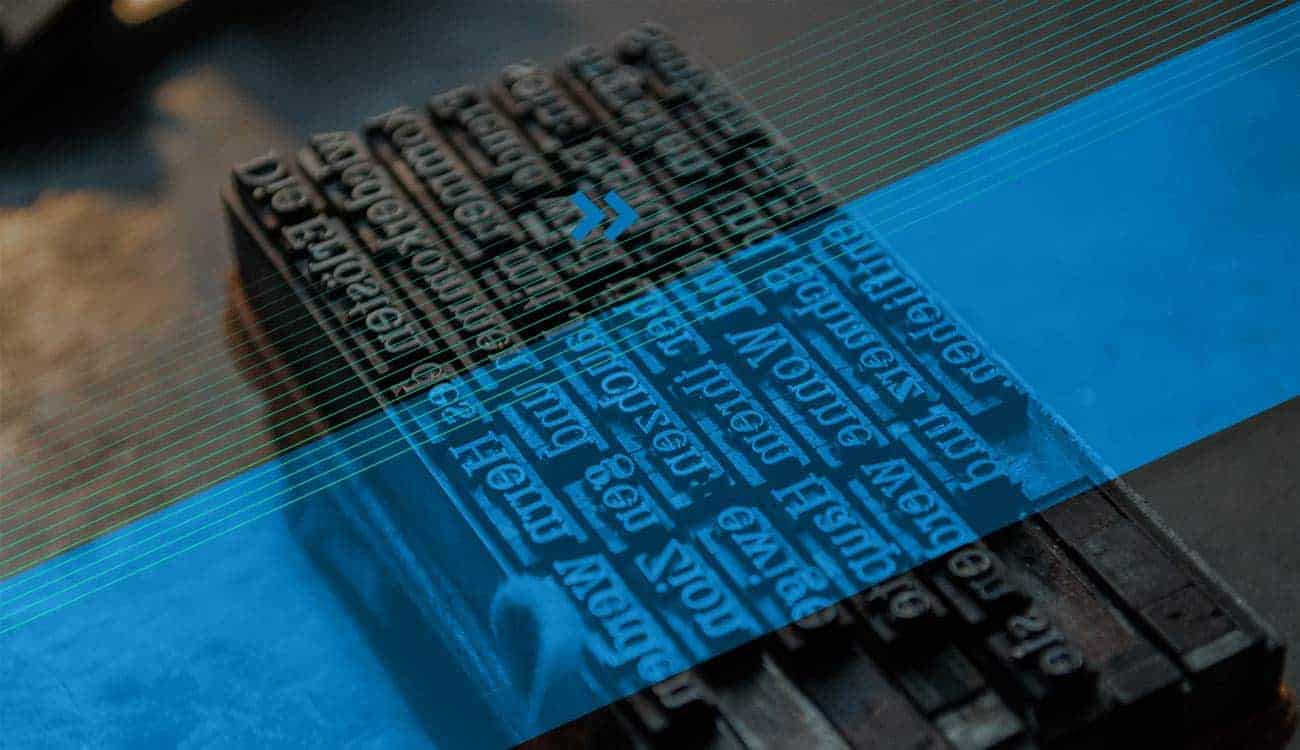[wd_hustle id=”InArticleOptin” type=”embedded”/]
Contxto – Nubank is a Brazilian neo-bank giant. It claims to be not only the biggest credit provider in Latin America, but rather one of the biggest worldwide. It certainly has the numbers to prove it, with over 22 million customers under its belt.
However, on launching its credit card in Mexico, the fintech titan has really doubled-down on the Mexican-ness of the whole affair. Emilio González, Nu’s Country Manager, insisted:
“This is a product developed in Mexico by a Mexican team for the Mexican market.”
A Nu path to credit
At first glance, the reason is obvious. Even though they’re both often piled in the same “giant Latin America market” category, “Mexico and Brazil are very different credit markets. Different percentages of people are banked in both countries, and those who do have access to credit use their personal loans for different purposes,” explained González.
Therefore, about a year since it arrived in Mexico, the Brazilian scaleup has been putting its time to good use.
In August of 2019, Nubank opened up applications for this credit card’s testing phase. The idea was to really get to grips with the local market.
Now the results are in and the feedback has been implemented.
Ironically, one of the biggest user complaints was the time they had to wait on the waiting list. (Of course, this is what the company’s own Country Manager told me, so this is probably a company-wide case of “My greatest weakness is that I am a perfectionist.”)
On what is probably a more serious note, González talked about how they had to clarify some of the app’s language, how they had to automate certain parts that users deemed to be too fiddly, and they also went ahead and linked information of the physical credit card’s delivery to the app.
It certainly seems like all this user data has been a boon to the card’s online and offline UX (user experience).
And, so now, exactly nine months later, the bun is out of the oven and the credit card is available to all Mexicans over 18.
Yet, González insists this is a work in progress. The idea is to use machine learning, artificial intelligence (AI), and the testing phase data to craft ever better ways to afford customers the right credit score.
UX gold: Mexican humans
This AI credit-scoring worried me a bit. There are still some pretty gruesome examples of automated testing models that have ended up spewing racist, sexist, or classist results.
Related article: The dark side of AI at Amazon and Microsoft
This is particularly sensitive when it comes to purporting to be the most customer-friendly, open market credit card in the country.
González tried to assuage my fears.
He told me that the machine learning models were carefully programmed with these unappealing outcomes in mind, by carefully choosing the variables that went into them. The resulting program, therefore, is able to age well in every sense of the word.
For instance, Nu is avoiding being classist as well as woefully out of touch by rejecting criteria like: “Customer is more likely to be creditworthy if they have an iPhone 11 Pro.”
By excluding this assumption, Nu’s algorithm avoids discriminating against people without access to the frivolity of iPhones (as well as those on Team Android). However, it also age-proofs the code; since in like three months when the iPhone 27x is out, nobody will be flashing their 11 Pro about.
Therefore, beyond all this machine learning talk, Nu’s secret sauce seems to be consistent real, live human intervention; both in their programming, as well as with their 24-hour a day, 365-day a year customer service.
Overall, however, it mostly seems that Nu is concerned with one particular form of push-back: nationalism.
For all the talk about malinchismo (Mexican self-loathing), in banking, Mexicans do tend to opt for the devil they know. Indeed, the six main traditional banks in Mexico are as of late foreign-owned, but descended from old Mexican banking institutions.
Citi and BBVA have really struggled to win the name recognition war, with most customers calling each respective bank by their Mexican names of yore; Banamex and Bancomer.
This helps explain all the Mexicanity in the launch. Now, whether this will help—or whether it matters at all to neobank customers—is another matter.
Perhaps we’ll find out if and when the likes of Albo launches its own credit card.
-AG






